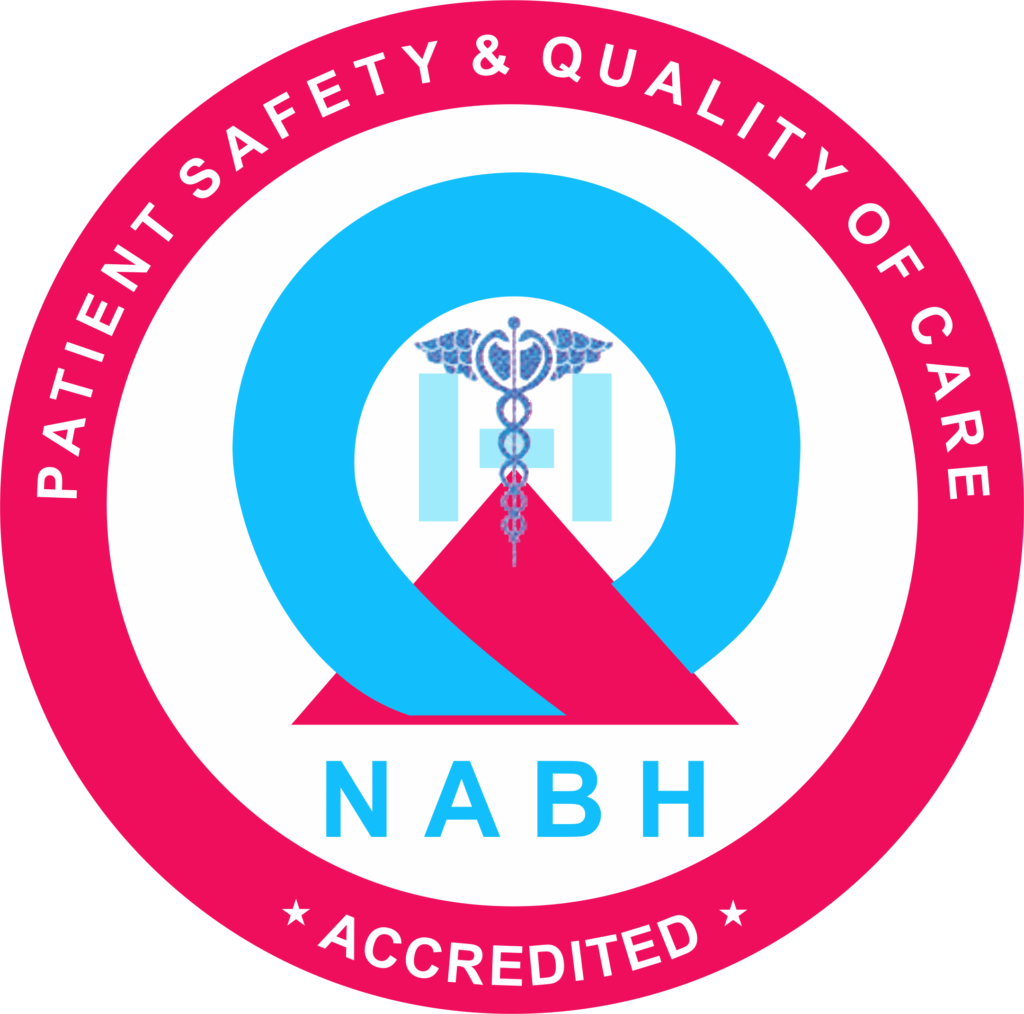What are the risks of phacoemulsification?
Phacoemulsification is a joint surgery to remove cataracts and improve vision. Although it’s generally safe, there are potential risks like any surgery. This advanced procedure uses ultrasound to break down and remove the cataract, and a small lens is inserted without stitches. It’s a fast process that doesn’t involve bleeding and is relatively painless, allowing quick recovery.
In this article, we’ll discuss the possible risks of phacoemulsification, offering information for those thinking about or getting ready for surgery.
What are the risks of phacoemulsification?
Phacoemulsification is a high-tech way of removing cataracts during minor incision surgery. Skilled eye surgeons typically perform this procedure, which uses ultrasound to break down the cataract for removal. A foldable lens is then inserted through the same tiny incision. This surgery is known for being safe, quick, and causing minimal discomfort. While there are potential risks, they are generally low, and the procedure has a short recovery time.
General risks of phacoemulsification of cataracts include
After phacoemulsification cataract surgery, typical side effects like mild pain, dryness, and itching usually last a week. However, it’s crucial to be alert for potential complications such as:
Swelling and bruising of the eyelid
Increased eye pressure leading to glaucoma
Allergic reactions to antibiotic or steroid eye drops
Persistent pain or inflammation after surgery
Blurred or decreased vision even days after the procedure
Persistent redness and discharge from the eye
There’s also a long-term risk known as “secondary cataract” or posterior capsular opacification, which can develop at any time post-surgery. Regular follow-ups with your eye doctor help monitor recovery and detect complications early. If you experience any of these risks, seek prompt medical advice.
Who is more prone to the risks of phacoemulsification?
Before phacoemulsification, you’ll undergo several check-ups to ensure you’re a good candidate. Screening tests help identify potential risk factors. Here are things to be aware of:
Growing Older: The risk increases with age.
Health Conditions: Diabetes, high blood pressure, and obesity can be risk factors.
Previous Eye Issues: If you’ve had eye inflammation or injury before.
Sunlight Exposure: Excessive exposure to sunlight may be a risk.
Smoking: Smoking is a risk factor.
Prior Eye Surgery: If you’ve had previous eye surgery.
Medication Use: Long-term use of certain medications, especially steroids.
How to minimize the chances of post-surgery risks of phacoemulsification?
To minimize the risks of complications after phacoemulsification surgery, it’s essential to follow these steps:
Ensure that any existing eye diseases are fully treated before undergoing surgery.
Opt for advanced surgical techniques rather than open surgery when possible.
Use antibiotic eye drops after the surgery.
Provide thorough instructions to the patient regarding post-surgery precautions, hygiene practices, and pain management.
Conclusion
Phacoemulsification is a generally safe and efficient surgery for cataract removal, it’s essential to be aware of potential risks and take necessary precautions. The procedure is known for its speed, minimal discomfort, and quick recovery. By understanding and addressing factors that may increase risks, undergoing thorough pre-surgery evaluations, and following post-surgery guidelines, individuals can minimize the chances of complications and promote a successful outcome. If any concerns arise, seeking prompt medical advice is crucial for optimal eye health.









